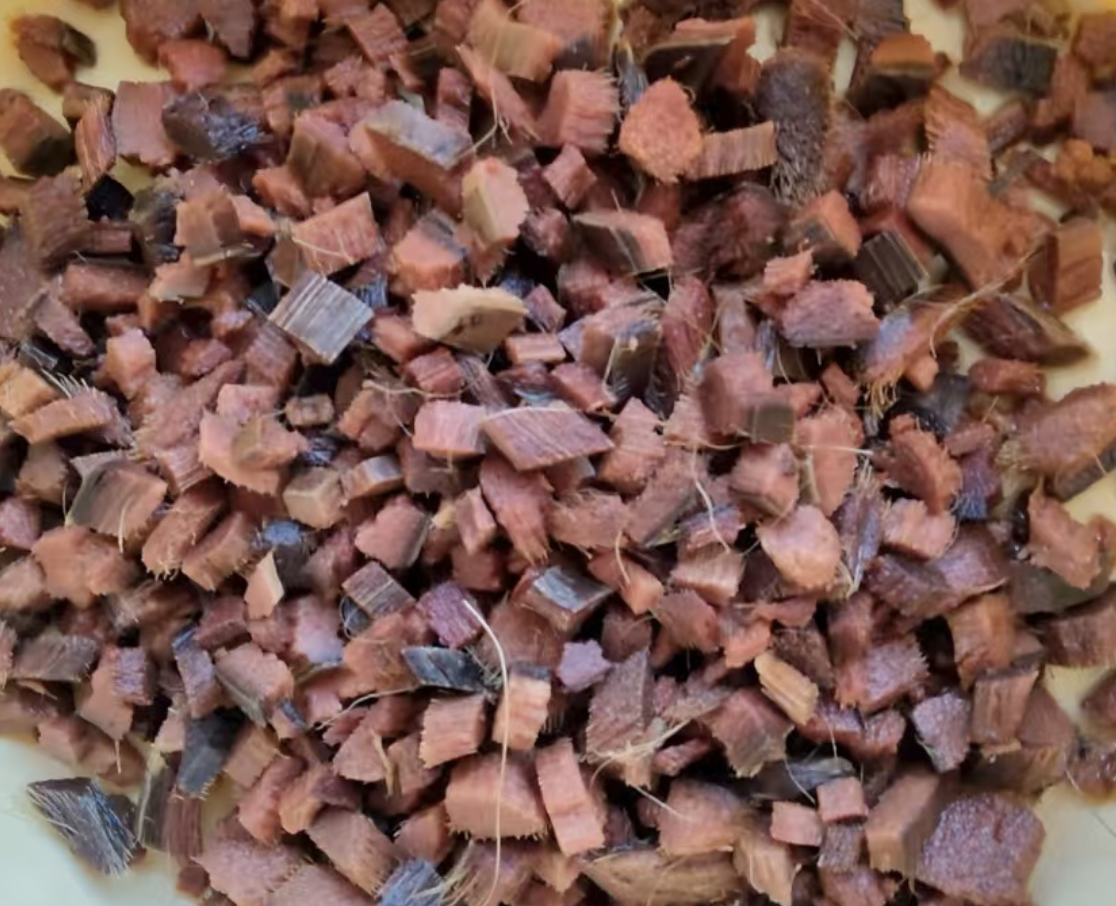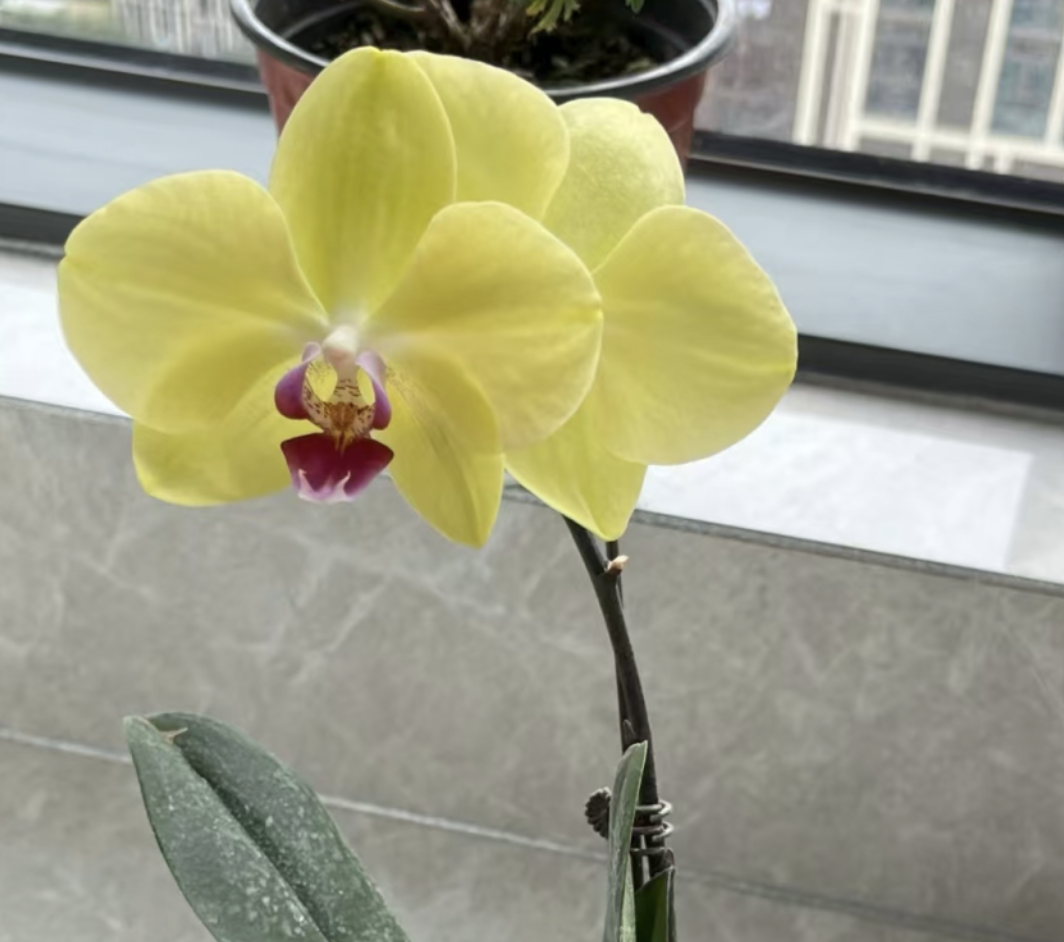In the cold winter, when most plants enter a dormant period, some plants can demonstrate astonishing cold tolerance and remain vibrant in the freezing cold. So, which plants can endure the test of severe cold?
Rose: Rose is one of the plants with relatively strong cold tolerance. The cold tolerance of different rose varieties varies, but most varieties can tolerate low temperatures ranging from minus 10 degrees Celsius to minus 20 degrees Celsius. Roses are widely cultivated in China and can overwinter outdoors in many places. In winter, roses enter a dormant period. At this time, fertilization should be reduced to avoid burning the roots, and withered branches and leaves should be pruned to keep the plants clean. Roses have strong adaptability. They are not only cold-resistant but also drought-resistant. They can be planted in the ground or in pots and are one of the favorite flowers among people.
Lily: Lily is also a cold-resistant plant and can survive in a low-temperature environment. However, certain protective measures still need to be taken to ensure its healthy growth. Before winter comes, lilies should be pruned by cutting off the withered and yellow leaves to keep the plants clean. Meanwhile, if the plants are too dense, they can be properly thinned to improve ventilation. In winter, a thick layer of fallen leaves or wheat straw can be spread at the base and around the lilies to increase the heat preservation performance of the soil. In areas with lower temperatures, it can be considered to move the lilies indoors and provide appropriate light and humidity to protect them from cold damage. In addition, although the water requirement of lilies decreases in winter, the soil still needs to be kept slightly moist to avoid drought.
Astilbe: Astilbe is a cold-resistant and shade-tolerant perennial flowering plant with strong adaptability to the environment. It can tolerate low temperatures of around 6 degrees Celsius and can even survive in an environment with temperatures over minus 10 degrees Celsius. However, when planting astilbe in cold regions, cold-proof measures still need to be taken. In warm southern regions, astilbe can safely overwinter outdoors, but attention should be paid to shading in summer and water management. In northern regions, astilbe should be moved indoors or into greenhouses for maintenance in winter. For those planted in the ground, soil can be piled up at the base or covered with warming materials such as straw and leaves. When the light is weak in winter, the light exposure time should be appropriately increased to promote the growth of the plants.
Lavender: Although lavender is usually associated with warm summers, some varieties of lavender can survive in cold environments. For example, French lavender has relatively strong cold tolerance and can safely overwinter in low temperatures of minus 10 degrees Celsius. In winter, lavender enters a dormant period. At this time, watering should be reduced to avoid root rot, and withered branches and leaves should be pruned to keep the plants healthy and clean.
Panicle Hydrangea: Panicle Hydrangea is a cold-resistant plant with high ornamental value and can survive in low temperatures of minus 20 degrees Celsius. Its flower shape is unique, like a conical hydrangea, and it has a rich variety of colors, ranging from white to pink and blue. In winter, the flowers of the panicle hydrangea will gradually wither, but its branches and leaves still maintain a green vitality. At this time, withered flowers and branches and leaves should be pruned to keep the plants clean and beautiful.
These cold-resistant plants can not only survive the harsh winter but also add color and vitality to the winter garden with their unique charm and vitality. They are gifts from nature, guardians of the winter garden, and an indispensable beautiful existence in our lives. Let's cherish these cold-resistant plants, take good care of them with our hearts, and let them bloom with even more brilliant splendor in the cold season.
Which plants can withstand severe cold?

Share with
Tagged in :




Leave a Reply